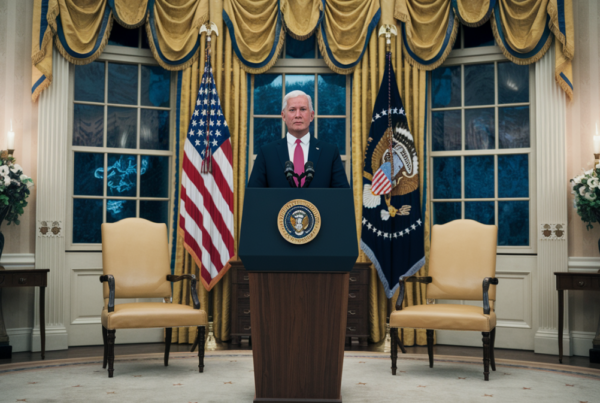In a significant move to reshape global oil supply dynamics, OPEC+ has announced a third consecutive monthly increase in oil production for July 2025. The decision, led by key members Saudi Arabia and Russia, aims to unwind earlier production cuts and stabilize market conditions. Here’s what this development means for the energy sector and global markets.
Key Highlights of the OPEC+ Decision
- Production Hike: Eight OPEC+ nations, including Saudi Arabia and Russia, will collectively raise output by 411,000 barrels per day (b/d) in July.
- Cumulative Impact: Since April 2025, the group has added nearly 1.4 million b/d to global supply, marking a rapid reversal of earlier cuts.
- Strategic Goals: The move is part of a broader effort to redistribute production burdens and reduce reliance on voluntary cuts that have failed to sustain high oil prices.
- Market Response: Oil prices, which dipped below $60 per barrel in April, have since rebounded to around $65, reflecting cautious optimism.
Why OPEC+ Is Fast-Tracking Output Restoration
The accelerated restoration of oil output is driven by several factors:
- Fair Distribution: Saudi Arabia seeks to ensure equitable production quotas among member nations, addressing concerns over disproportionate cuts.
- Political Alignment: The decision aligns with geopolitical interests, including closer ties with the U.S. under President Trump.
- Market Stability: OPEC+ cites strong global demand and low oil inventories as justification for the increase, aiming to prevent supply shortages.
Challenges and Controversies
Despite the consensus, the decision has not been without friction:
- Non-Compliance: Countries like Kazakhstan have refused to adhere to agreed quotas, complicating OPEC+’s unified strategy.
- Internal Disputes: Some members, including Algeria, have voiced concerns about the rapid pace of output increases and its potential impact on prices.
- Future Adjustments: Analysts speculate that OPEC+ may soon address additional voluntary cuts of 1.65 million b/d, signaling further policy shifts.
Comparative Analysis: OPEC+ Production Changes (2024-2025)
| Period | Production Change | Key Players |
|---|---|---|
| April 2025 | +411,000 b/d | Saudi Arabia, Russia |
| May 2025 | +411,000 b/d | UAE, Iraq |
| June 2025 | +411,000 b/d | Kuwait, Oman |
| July 2025 (Projected) | +411,000 b/d | Algeria, Kazakhstan |
What’s Next for OPEC+?
The group is expected to discuss baseline production levels for 2027 in upcoming meetings, though no immediate policy changes are anticipated. Meanwhile, the eight nations phasing out cuts may fully restore output by October 2025, a year ahead of schedule.
Global Oil Demand and Price Outlook
Global oil demand is projected to grow by 740,000 to 775,000 b/d in 2025, driven by economic recovery and seasonal factors. While prices have stabilized near $65 per barrel, further increases in supply could test market resilience.
Conclusion
OPEC+’s latest decision underscores its balancing act between stabilizing markets and addressing internal disparities. As the group navigates geopolitical and economic pressures, the energy sector will closely watch how these production adjustments influence global oil prices and supply chains in the coming months.







